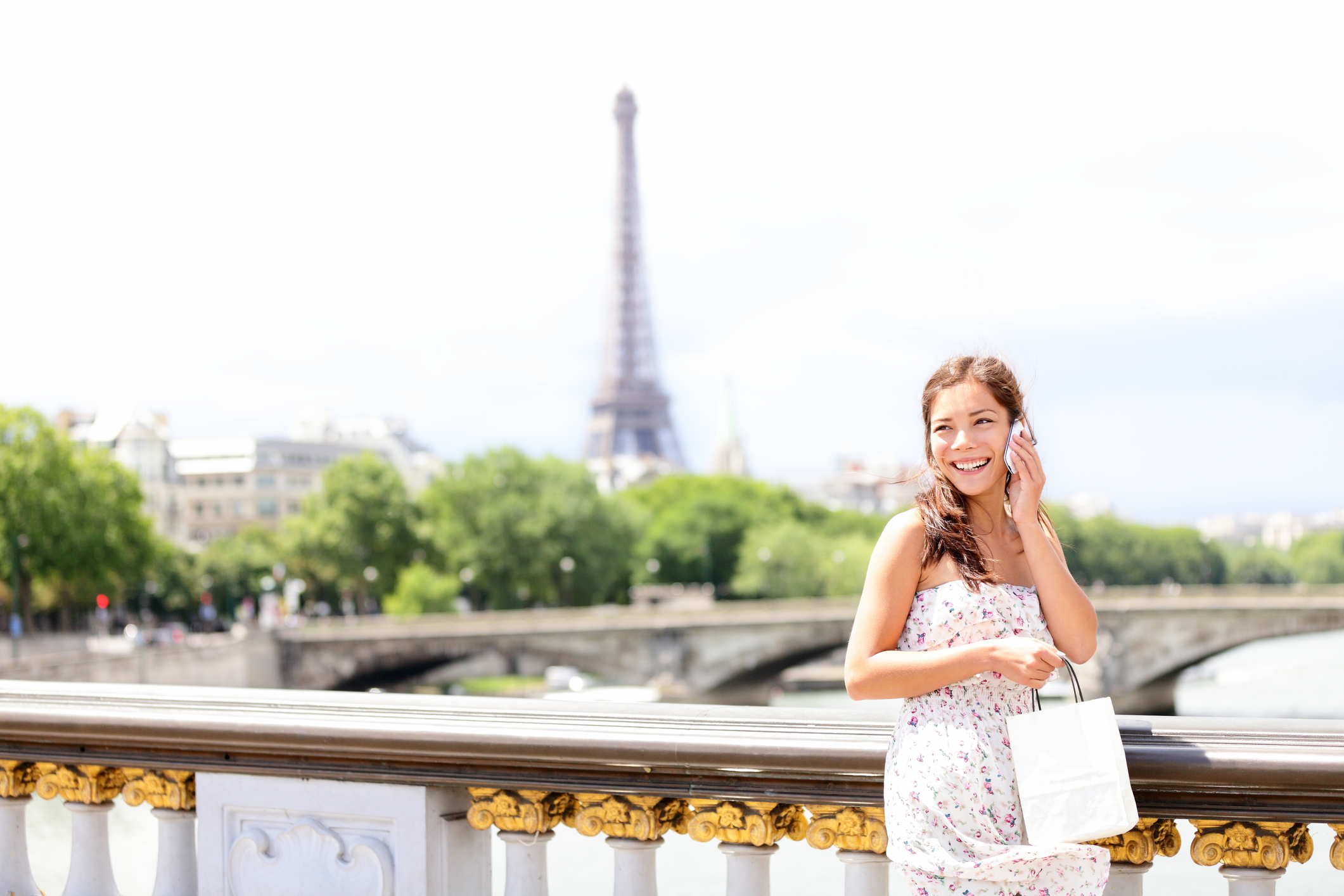
I was just a child when my sister spent a year in France. Ever since, I have dreamed of traveling there to soak up all of the places she told me about. Unfortunately, an extended trip to France simply isn’t in the cards for me right now. Instead, I learned about another way to experience a bit of France here at home. Driving through the Meadowbrook Park community in Prairie Village, Kansas, it’s easy to imagine that you have been magically transported into the middle of France. Many of the homes are architecturally inspired by traditional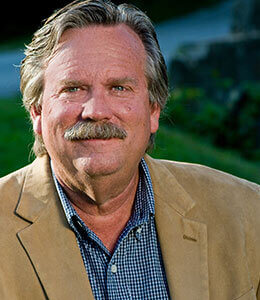 French design and some are set off by classic French gardens. One of those classic French landscapes was recently completed by Dan Nelson, Senior Designer for Embassy Landscape Group in collaboration with designers at Lorax Design Group and a pair of enthusiastic homeowners.
French design and some are set off by classic French gardens. One of those classic French landscapes was recently completed by Dan Nelson, Senior Designer for Embassy Landscape Group in collaboration with designers at Lorax Design Group and a pair of enthusiastic homeowners. 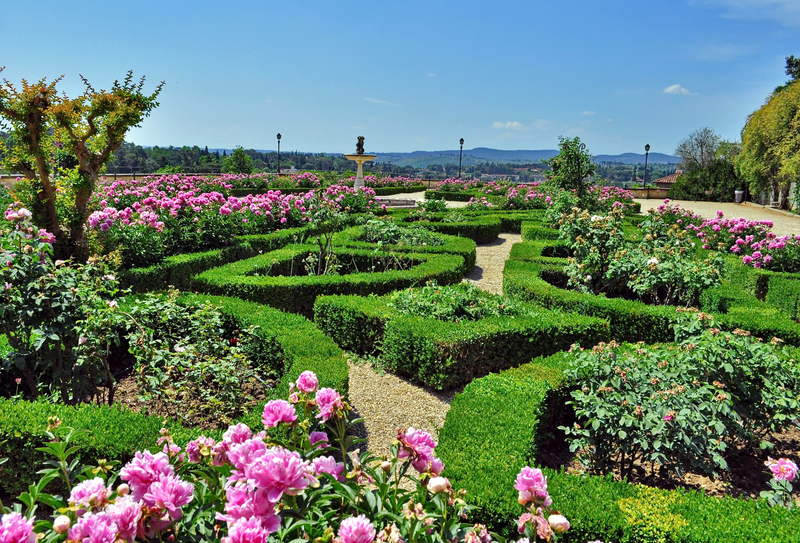
Before beginning the design process, Dan had to thoroughly research both traditional French landscape design and modern adaptations. He shared that French landscape design has its roots in early Italian landscapes. Traditional Italian landscapes from the Renaissance era favored precisely trimmed evergreens and highly fragrant vining plants. Beds were underplanted in herbs such as rosemary and lavender. There were few flowering plants, like the annuals and perennials we plant today.
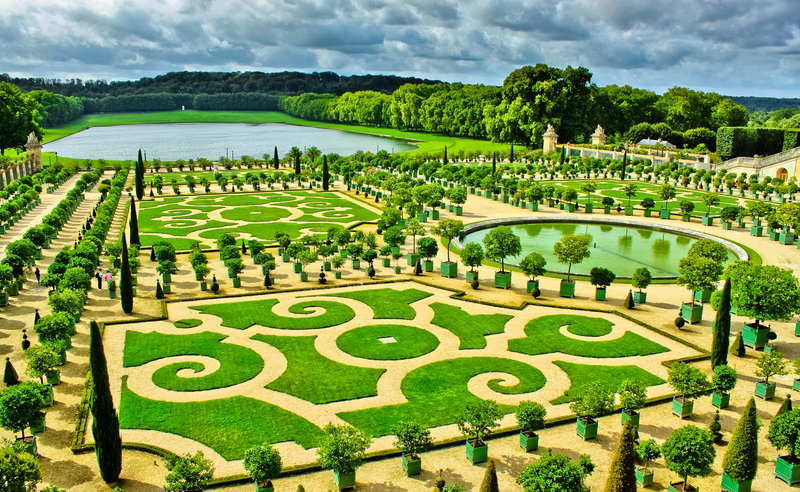 By the mid 1600s the Italian landscape style had become popular in France. French designers like Andre le Norte, famous for creating the famed Palace of Versailles gardens, adapted the Italian designs to suit both the climate in France and the personality of their wealthy French clients. Within a short time, two separate styles of French garden design emerged— the traditional French design and the more functional but still artistically beautiful potager, or kitchen garden.
By the mid 1600s the Italian landscape style had become popular in France. French designers like Andre le Norte, famous for creating the famed Palace of Versailles gardens, adapted the Italian designs to suit both the climate in France and the personality of their wealthy French clients. Within a short time, two separate styles of French garden design emerged— the traditional French design and the more functional but still artistically beautiful potager, or kitchen garden.
The original classic French landscape design was valued for its clean lines, its uncompromising order and its perfect balance. It sought to tame the wildness of nature by bringing a sense of uniformity to the environment through a regime of strict control, an attitude that reflected the power and domination of the French aristocracy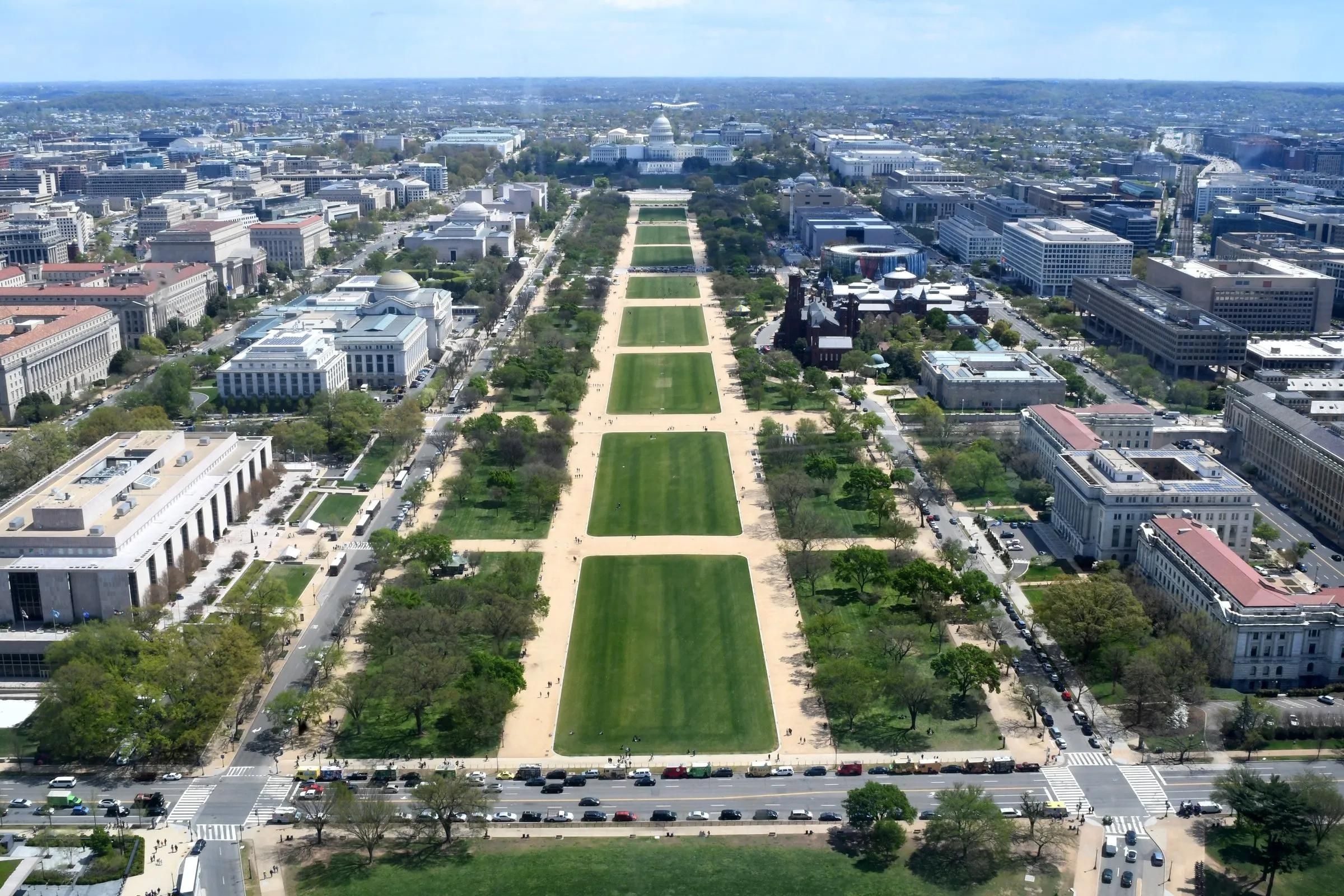 at the time. The style became wildly popular. Gradually, landscape designers across Europe began to introduce elements of the classic French style to their own clients, who enthusiastically embraced them. Settlers coming to the New World in the 1600 and 1700s brought the design style here, which was adopted by wealthy landowners. Pierre Charles L’Enfant is believed to have been influenced by traditional French design as he planned the layout of our nation’s capital.
at the time. The style became wildly popular. Gradually, landscape designers across Europe began to introduce elements of the classic French style to their own clients, who enthusiastically embraced them. Settlers coming to the New World in the 1600 and 1700s brought the design style here, which was adopted by wealthy landowners. Pierre Charles L’Enfant is believed to have been influenced by traditional French design as he planned the layout of our nation’s capital.
No longer seen as a symbol of domination or power, today a French inspired garden instead is thought of as an orderly, peaceful retreat away from the chaos of the outside world. It is a place to quietly sip a cup of coffee in the morning, a chilled glass of wine in the evening, or perhaps take a relaxing stroll after a busy day.
While the symbolism of classic French gardens has changed, Dan says that seven basic elements have remained the same throughout time. The design at the Meadowbrook Park residence illustrates them all.
The Focus of the Design Is the House.
In French design, the paths run perpendicular to the main structure. Long paths radiate out from the home, creating long, straight views. A central path leads the eye to the house.
Symmetry, Geometric Shapes and Order Are Vital.
If a French garden could be folded in half, the two sides would mirror one another. Gardens tend to be divided into orderly sections that clearly define spaces. Tightly trimmed hedges, often boxwood, and topiaries fashioned into ornamental shapes are used to create living walls delineating each section. Grassy areas are well-defined square or rectangular shapes. Debris is removed immediately.
Stone Surfaces Are an Integral Part of the Design
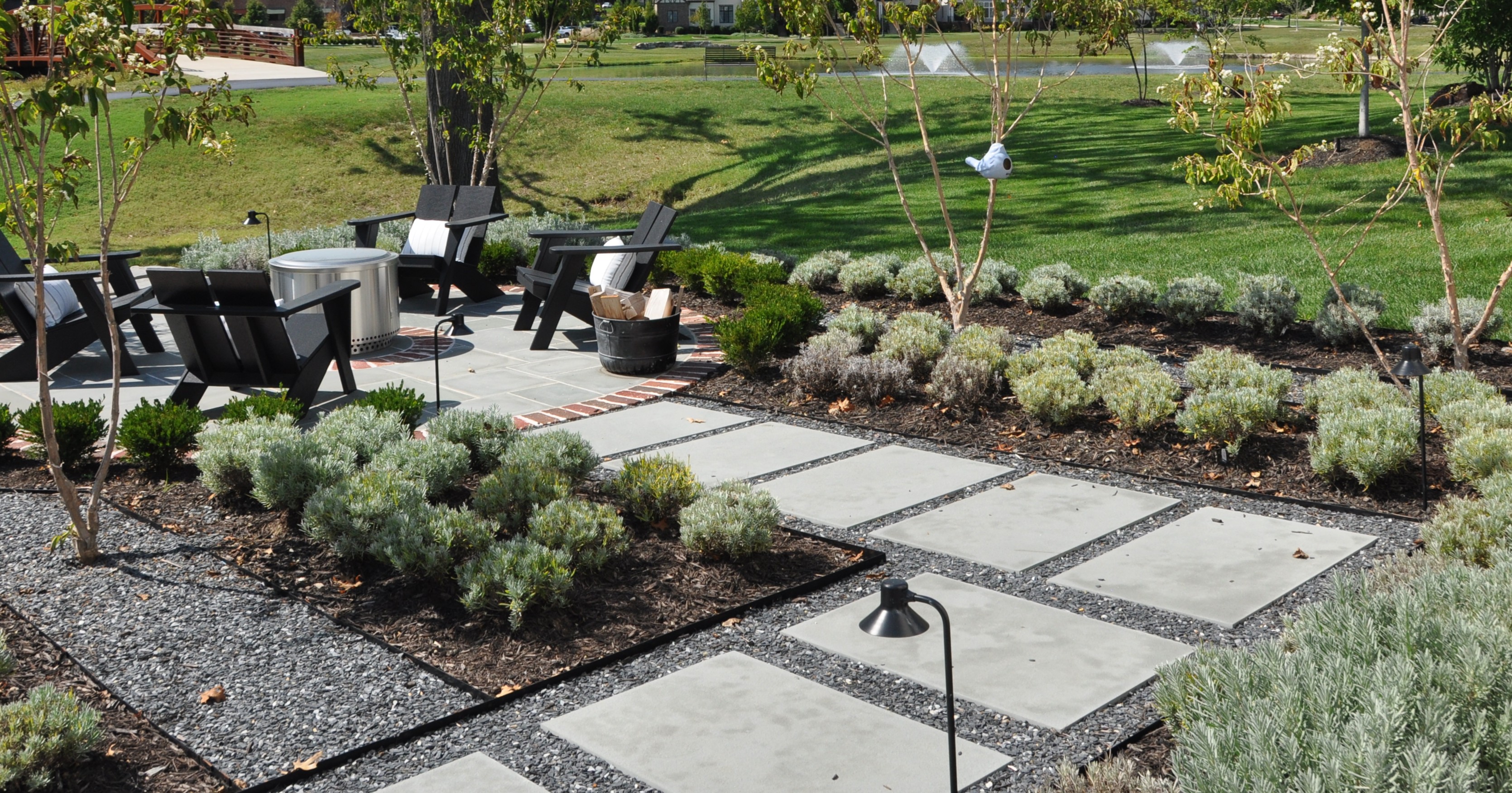
Water Features Are Important Elements.
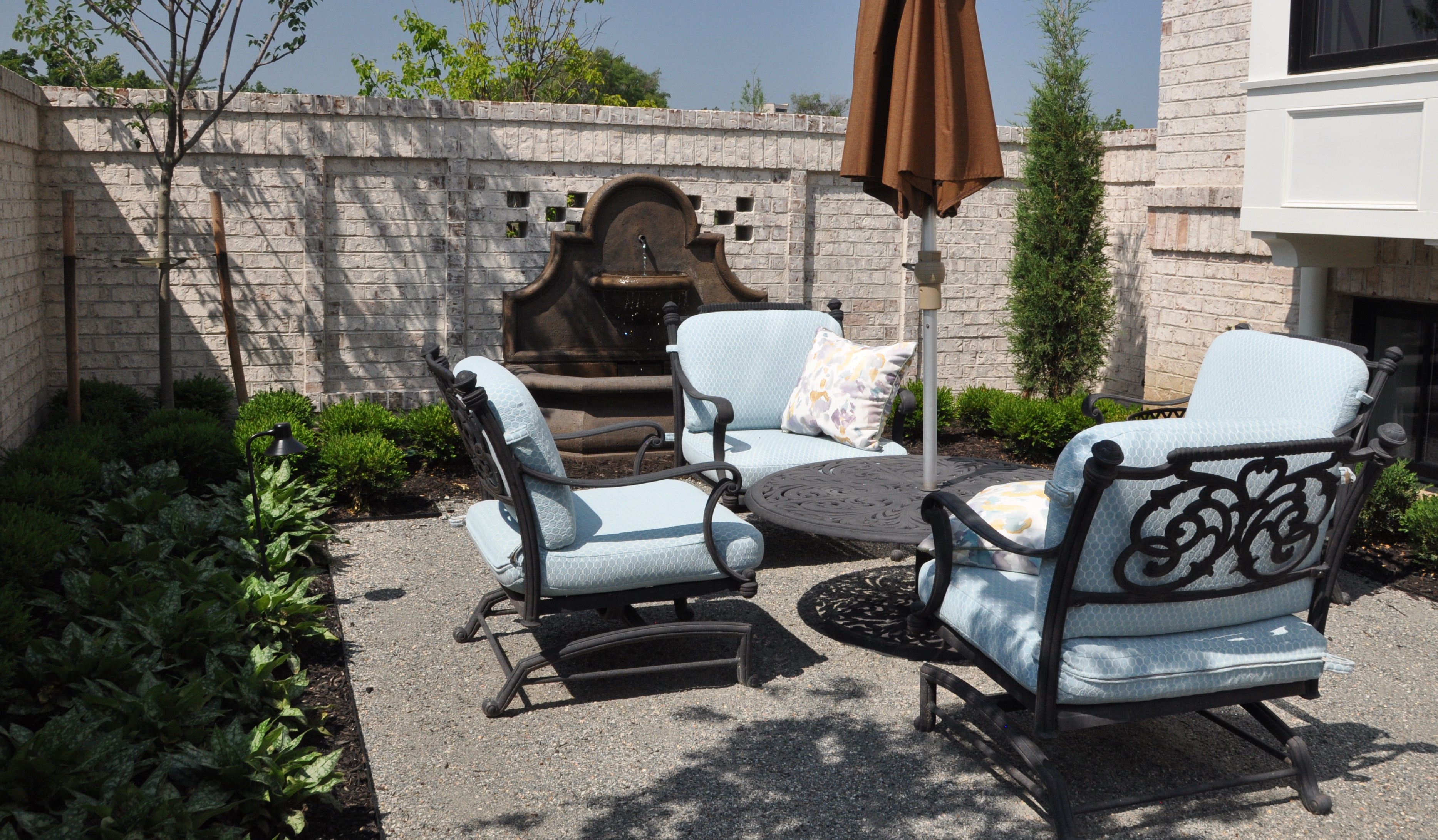
Parterres, or Knot Gardens, Are Common.
Best viewed from above, a parterre is an arrangement of beds bordered by low, clipped hedges and planted in formal patterns, often linear.
The Color Palette Is Simple.
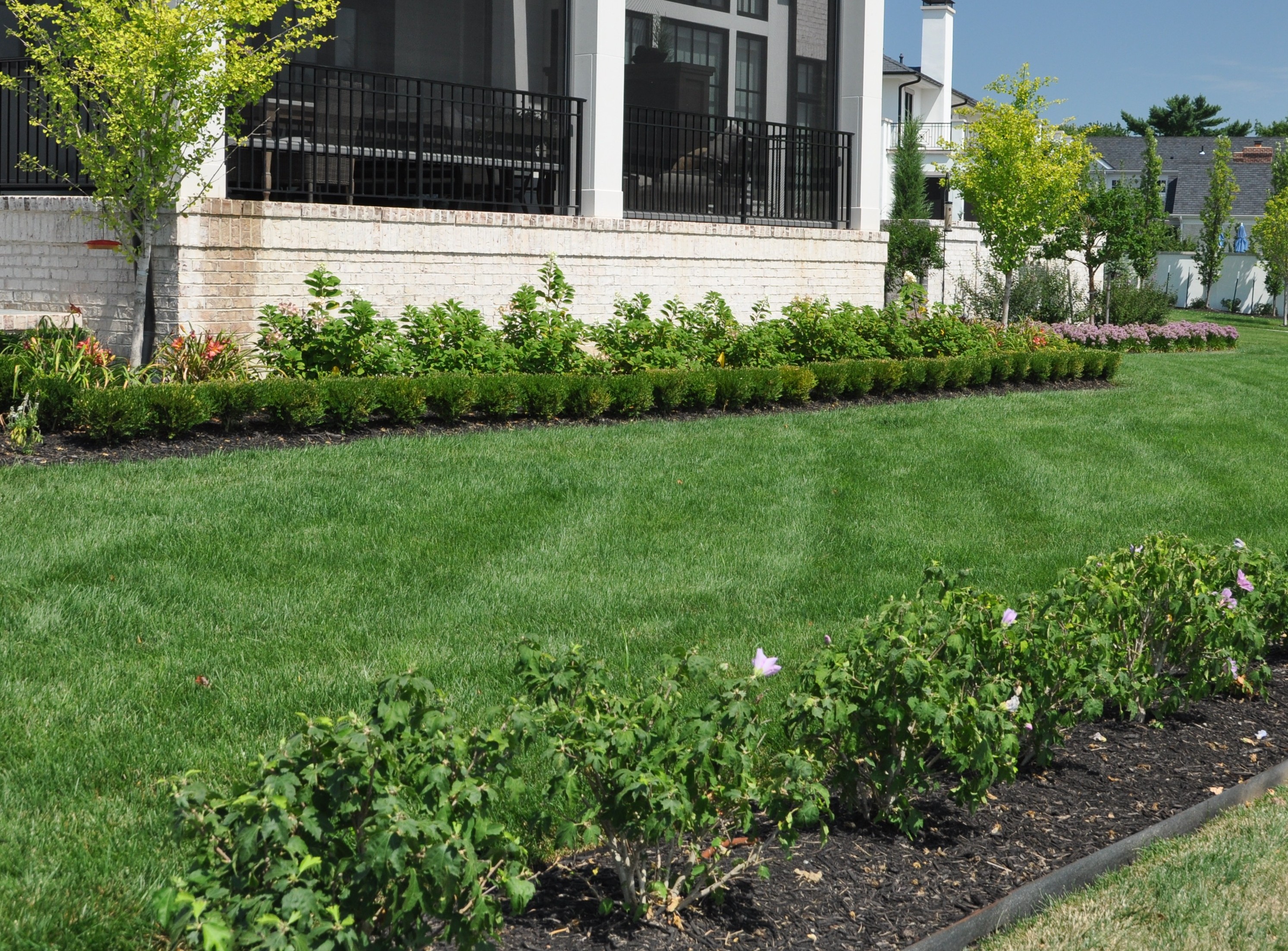
Brightly colored flowers were not introduced into France until the mid 1700s, so early French gardens did not have riotous color. Today, that simplicity is maintained through the use of quiet, cool colors such as white, blue, pink, lavender and grey. The use of a single plant variety is more common than mixed beds.
Trees Are Planted Away from the House
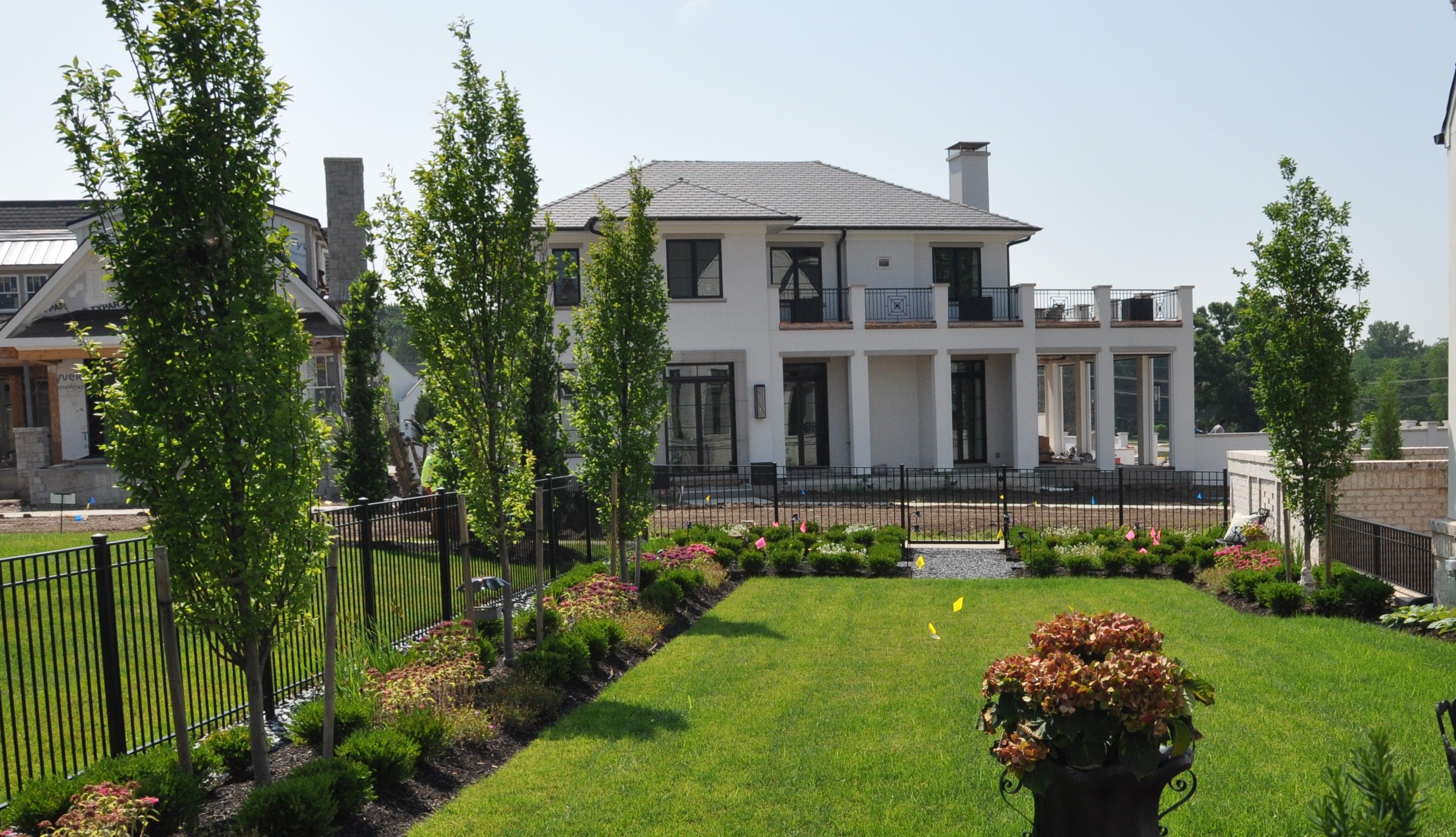
Traditional French gardens of the 1700s, such as those at Palace of Versailles or Château de Vaux-le-Vicomte, originally covered over 2000 acres. They were reserved for the estates of the wealthy elites. Luckily, today the timeless beauty of a classic French garden can belong to any of us. If you’d like to introduce some tranquility to your life, the staff at Embassy are happy to help.
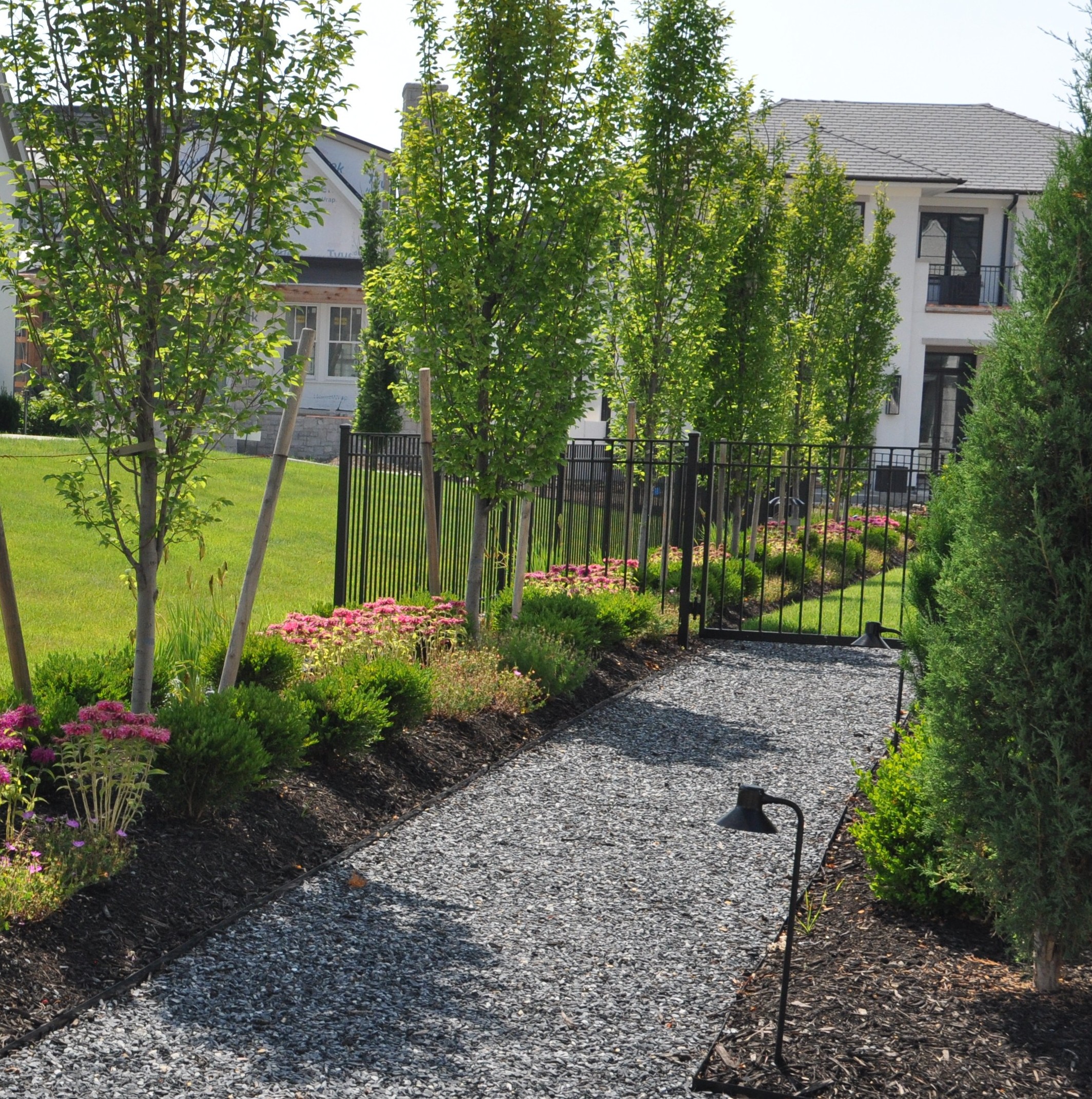
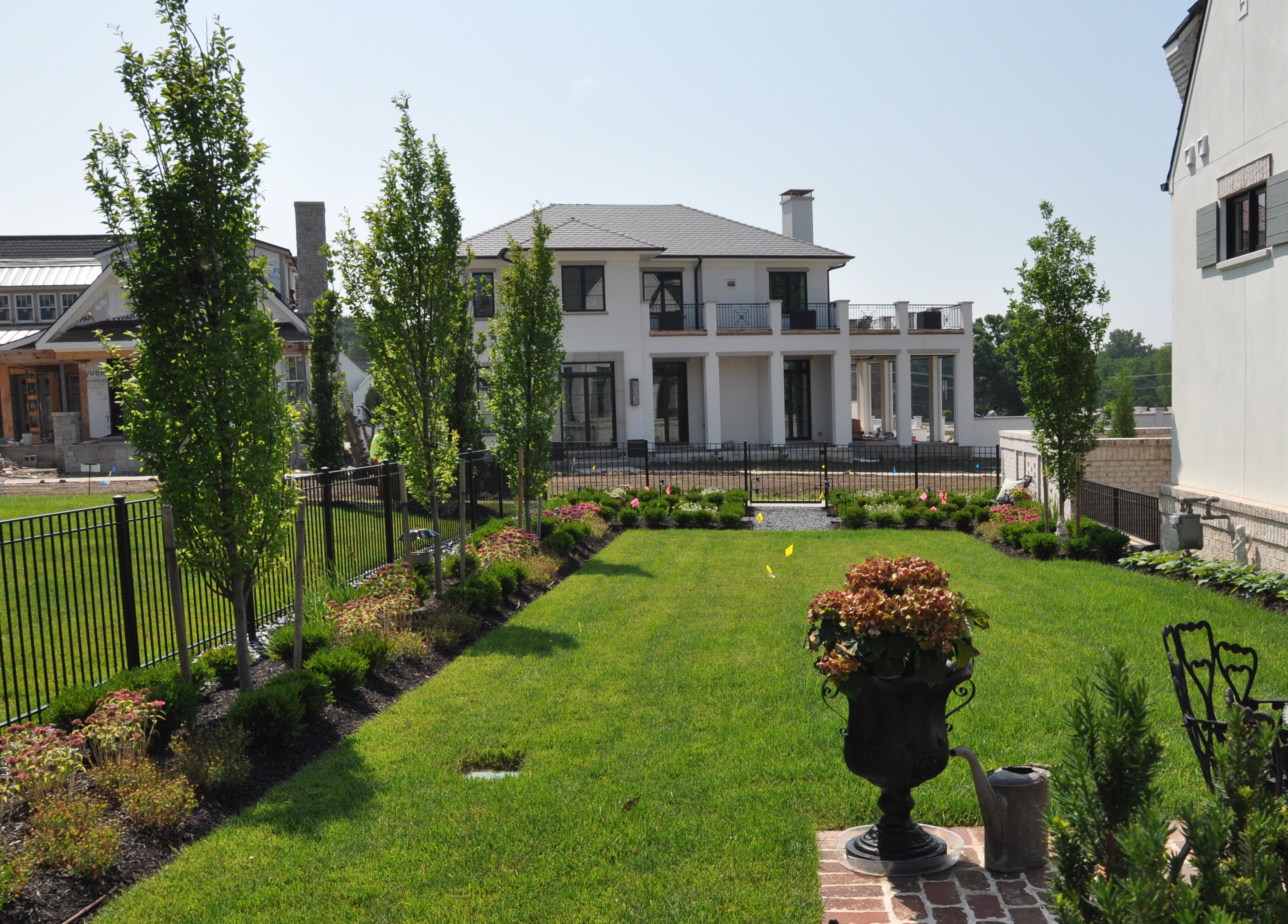
ab.JPG)
